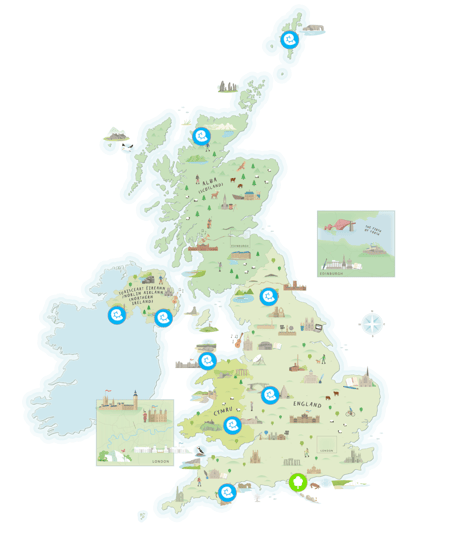UNESCO Global Geoparks are single, unified geographical areas where sites and landscapes of international geological significance are managed with a holistic concept of protection, education and sustainable development. Geoparks are areas of exceptional geological significance.
All of the UK’s geoparks have internationally significant geology, but what makes them special is that they are community-led partnerships that promote an appreciation of natural and cultural heritage while supporting the sustainable economic development of the area, primarily through geological and eco-tourism.
Scroll down for details of each UNESCO Global Geopark in the UK or click on the image above to go an interactive map.
Explore the UK’s UNESCO Global Geoparks
Black Country
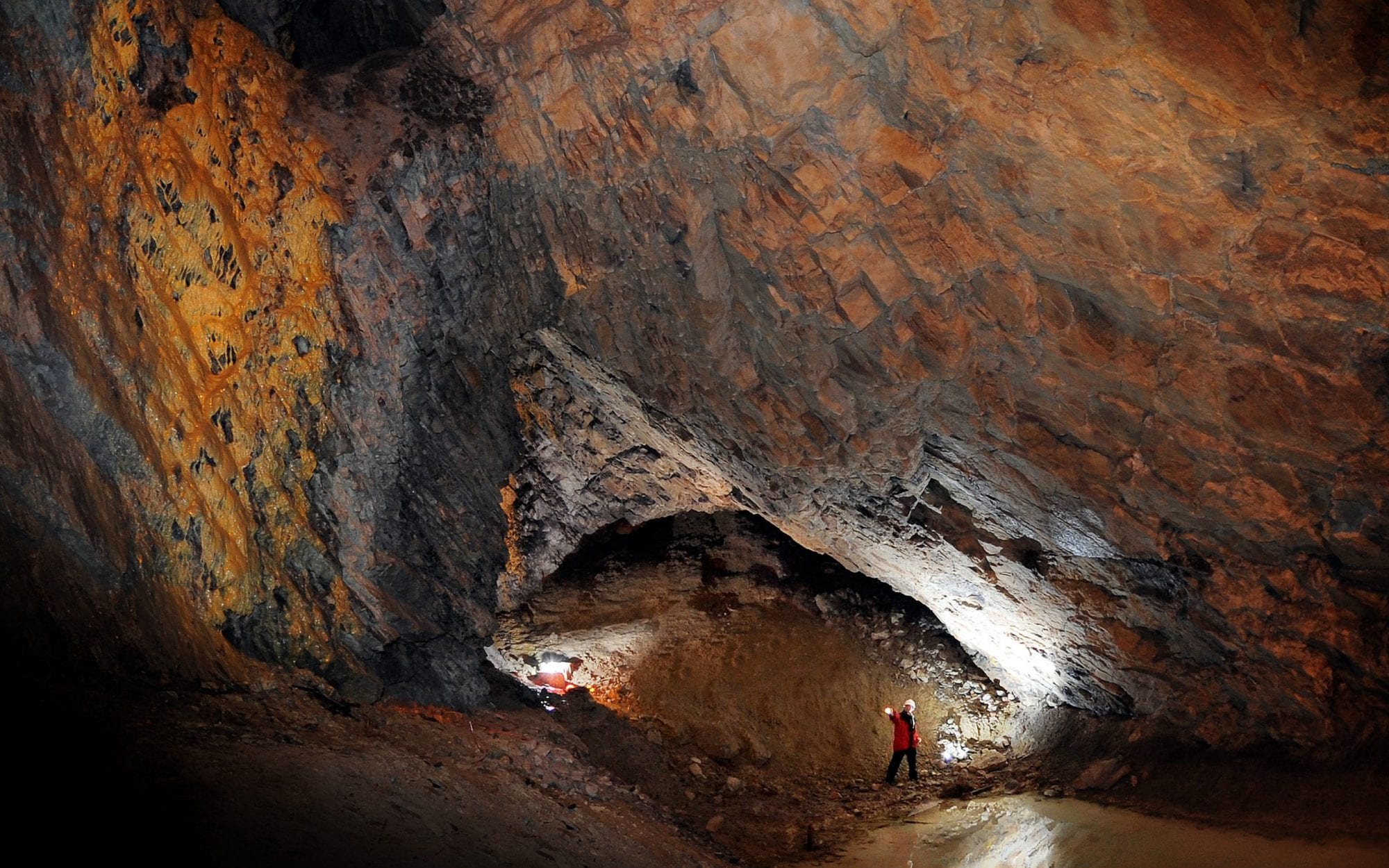
The Black Country played a major role in the creation of the modern world. It was here that the Industrial Revolution was at its most intense. It is a unique place, packed with incredible and surprising heritage features and colourful stories to be discovered. The Black Country became a UNESCO Global Geopark on Friday 10 July 2020 in recognition of the international importance of its natural and cultural heritage.
Cuilcagh Lakelands
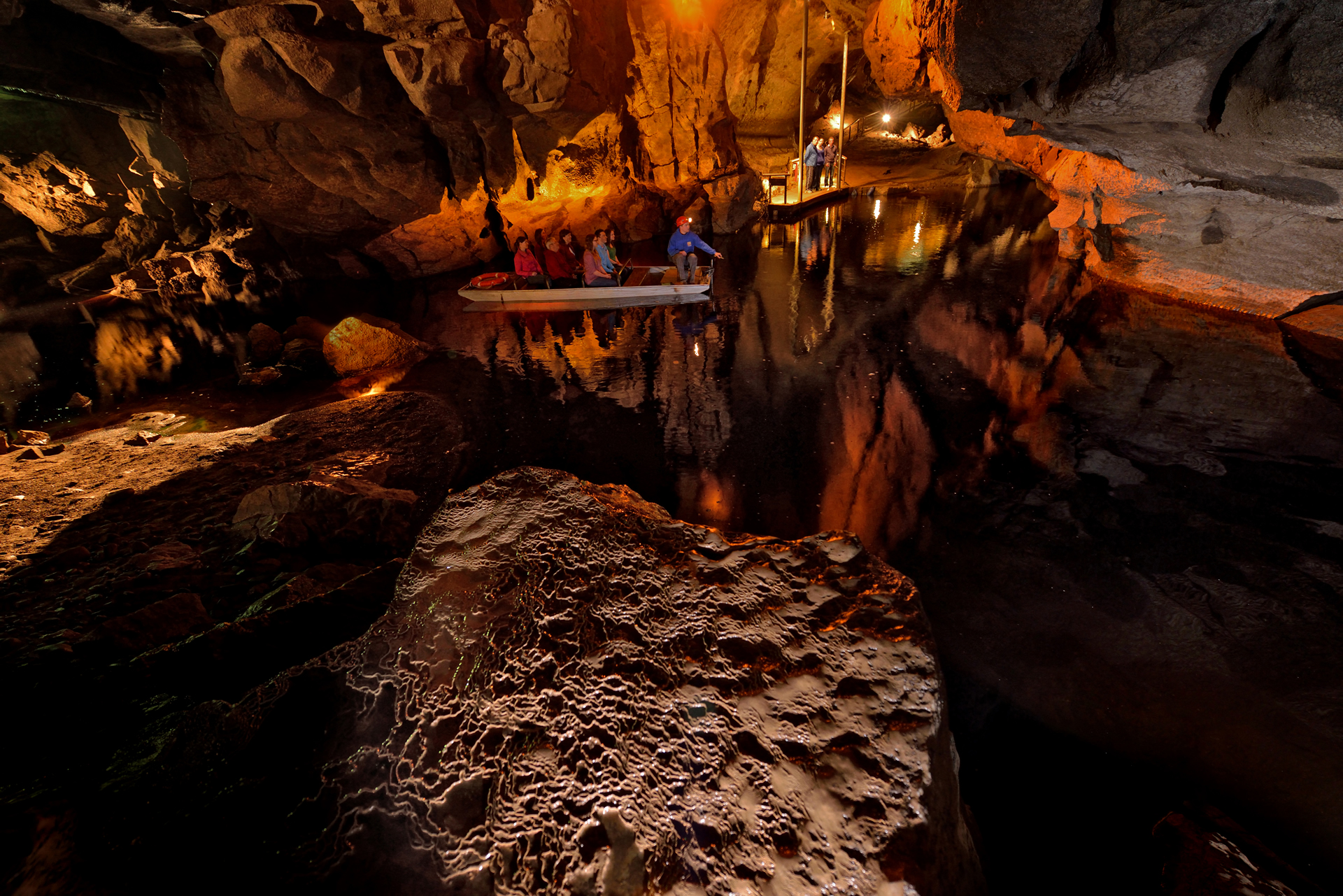
Ranging from rugged uplands, lakes and forests through to gently rolling drumlins, the landscapes of the Global Geopark represent a complex Earth history dating back as far as 895 million years. With evidence of mountain building and destruction; searing hot deserts and warm tropical oceans; and of icy wastelands and water-worn caverns, the rocks and landscapes of the Global Geopark are nothing short of amazing.
English Riviera
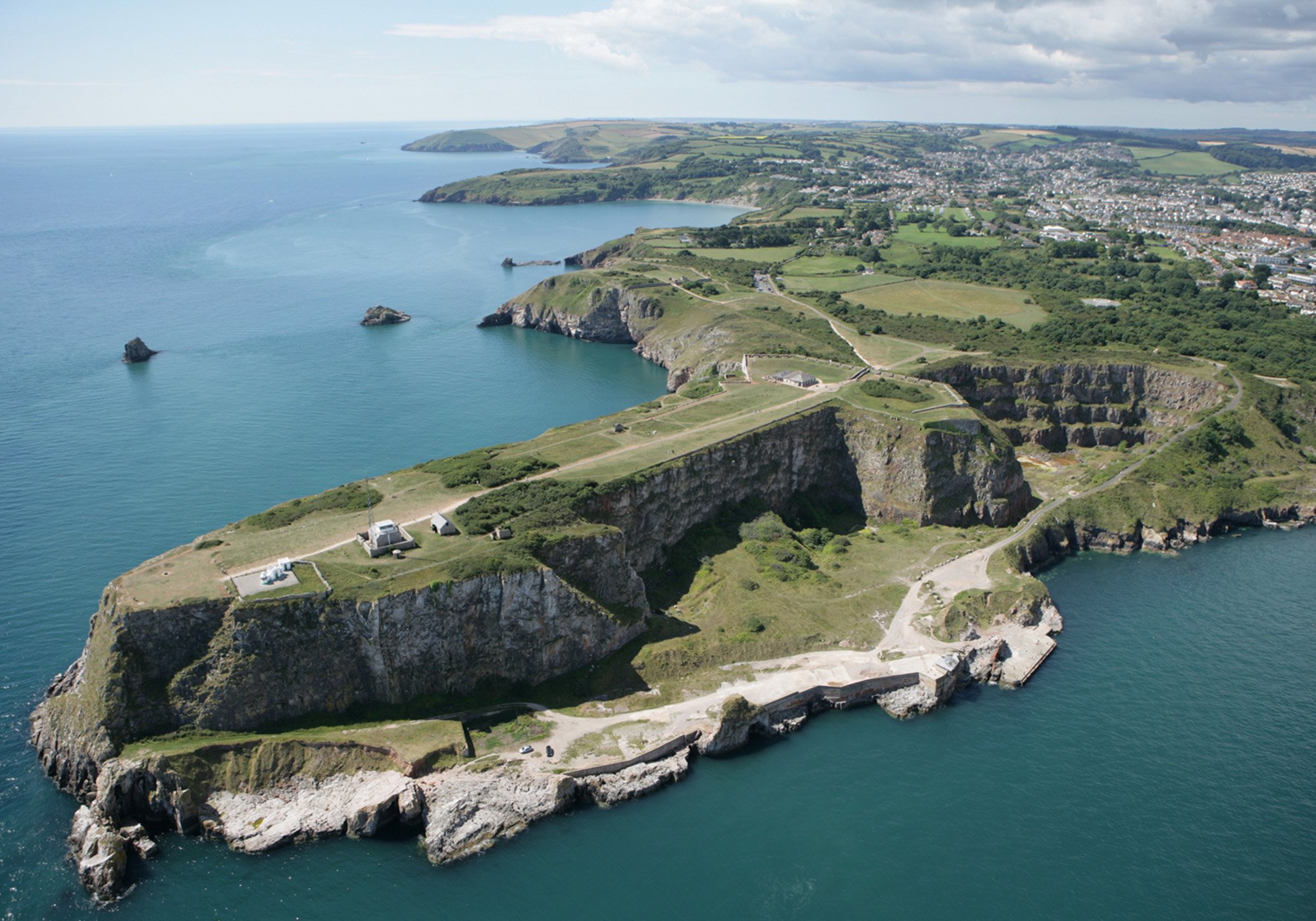
Home to the Kents Cavern jawbone, the oldest modern human fossil in North West Europe and situated within the stunning, rolling hills of South Devon, Torbay’s geology has created a beautiful coastline, linking the rich diversity of the landscape with its wildlife, people and culture.
Fforest Fawr

A swathe of upland country which forms the western half of the Brecon Beacons National Park. It is a cracked and crumpled layer-cake of rocks, 480 million years in the making, a landscape sculpted by ice then transformed by man and a witness to the birth of the Industrial Revolution.
GeoMôn

The tectonic island of Anglesey includes more than a hundred different rock types and the oldest fossils in England or Wales within 1,800 million years of Earth’s history., GeoMon is the United Kingdom’s most geologically diverse Global Geopark. Such is the variety of shapes and types of rock, that visitors and locals alike cannot but marvel at the magnificent colours and structures visible around the coast of the Welsh Global Geopark.
Mourne Gullion Strangford
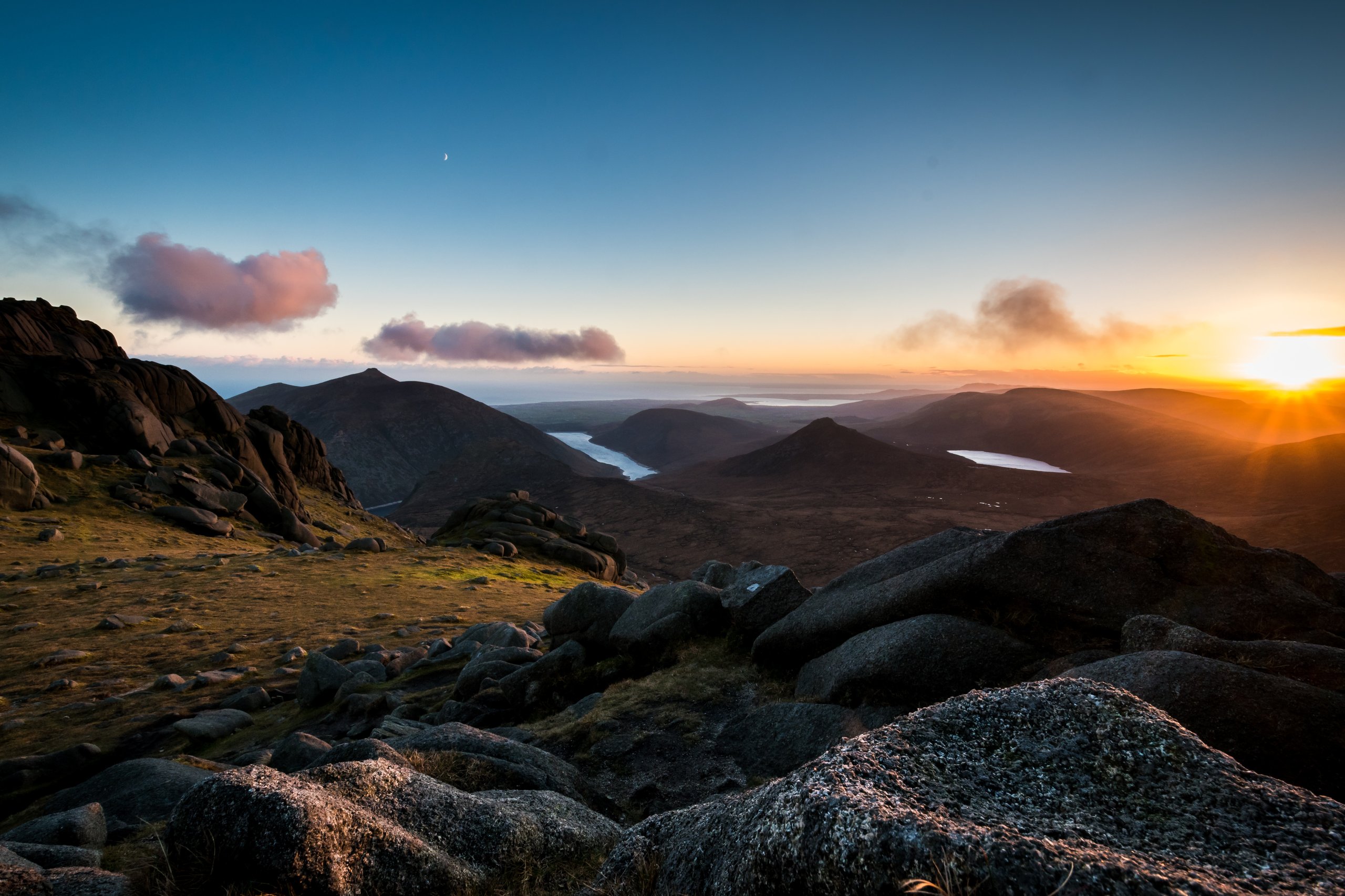
The Geopark’s spectacular beauty has been forged by nature, torn apart by volcanic activity and sculpted by ice, providing a stunning backdrop to a thriving locality where people continue to live and work. The exceptional geology of the Geopark has led to a remarkable range of natural and semi-natural habitats. All of these combine to make a varied mosaic of heather, moor, bog and pasture, dotted with freshwater and woodlands, and meeting sand and rocky shores, mudflats and salt marsh.
North Pennines
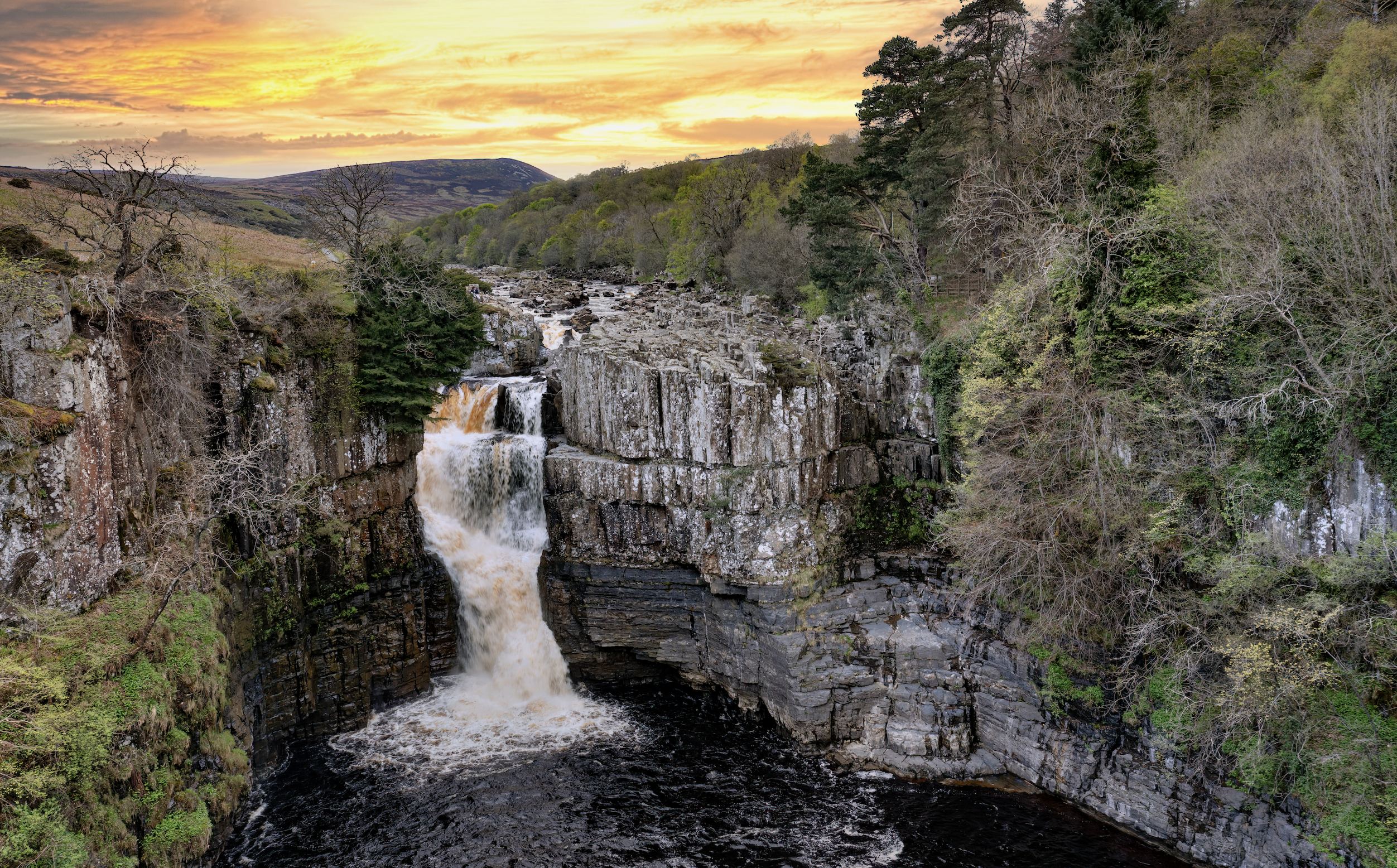
The North Pennines landscape has been 500 million years in the making and reveals a story of tropical seas, vast deltas and deserts, huge ice sheets and continents on the move, alongside a world-class mineral and mining heritage. In recognition of its unique qualities, the North Pennines has been designated as a ‘National Landscape’ (formerly Area of Outstanding Natural Beauty), as well as a European and Global Geopark – highlighting its globally important Earth heritage.
North West Highlands

Located in the far north of the Scottish Highlands, the Global Geopark is home to the oldest rocks in the United Kingdom. Their Lewisian gneiss is over 3 billion years old! The eastern boundary of the Global Geopark extends beyond the settlement of Durness and Loch Eriboll to follow the Moine Thrust Zone, an internationally significant geological structure that helped 19th-century geologists determine how the world’s great mountain ranges were formed.
Shetland
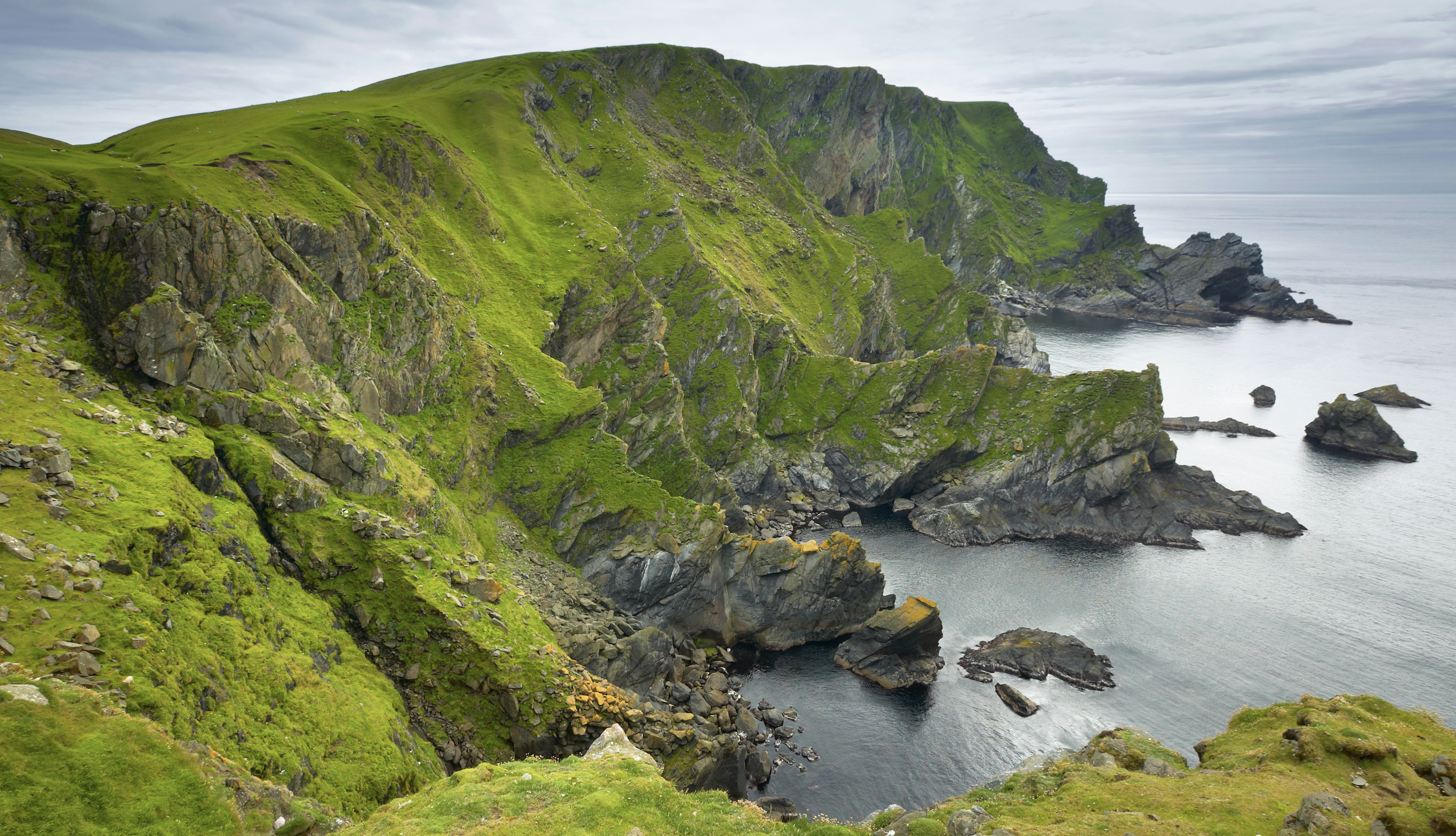
From the highest sheer cliffs in Britain to the best ‘hands on’ exposure of the Great Glen Fault, Shetland is packed with incredibly varied geology spanning almost 3 billion years. Where else can you walk on an ancient ocean floor, explore an extinct volcano and stroll across shifting sands in the space of a day?


